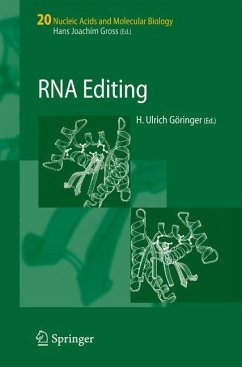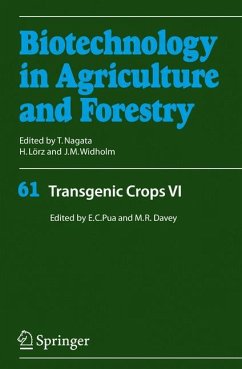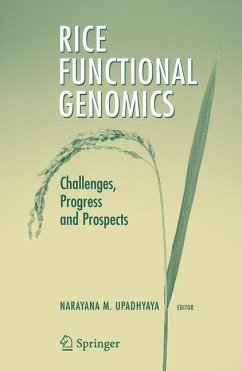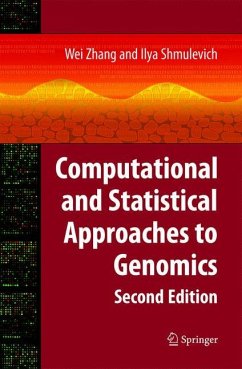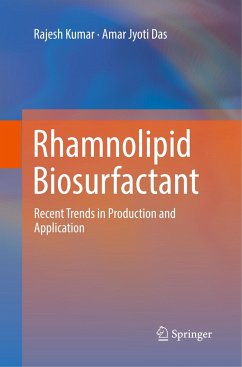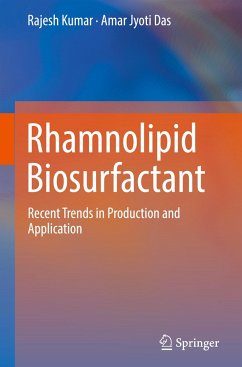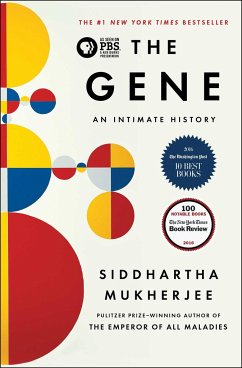
Galactose Regulon of Yeast
From Genetics to Systems Biology
Versandkostenfrei!
Versandfertig in 6-10 Tagen
113,99 €
inkl. MwSt.
Weitere Ausgaben:

PAYBACK Punkte
57 °P sammeln!
This self contained book presents a comprehensive overview of the past, present and future of the galactose regulon of yeast, the classical model system of molecular biologists. The book starts with a brief historical overview on yeast research. This is followed by molecular genetics of the galactose regulon, isolation of genes and testing of the hypotheses. Contemporary topics including genomics, evolution, binary and graded responses, and stochasticity are all addressed.
Biology has captivated the imagination of researchers with diverse backgrounds as never before. For example, physicists are now exploring the origin and consequence of noise in gene expression, which appears to be important in epigenetic phenomena. Engineers are looking at biological systems from a design perspective. No doubt, conventional biologists will continue to provide insights by combining conventional approaches with high-throughput ones. These diverse efforts have resulted in the disintegration of biology into sub-disciplines. This is unavoidable because biology is inherently complex. No matter which branch of biology one studies, if the ultimate goal is to understand biology as a unitary subject, we then need to integrate these seemingly disparate aspects into a coherent whole. This is what I have attempted to do in this book. Galactose-metabolizing enzymes are expressed in yeast upon exposure to gal- tose but not to glucose. This observation, first made more than a century ago, was to later become a paradigm par excellence with wide-ranging implications. The problem to be tackled here was how yeast (or any organism) adapts to changing environmental conditions. This fundamental problem continues to keep us occupied even today. Come to think of it, for survival, organisms ought to adapt. Therefore, it is not surprising that adaptation transcends every conceivable biological process that goes on in a living system.






